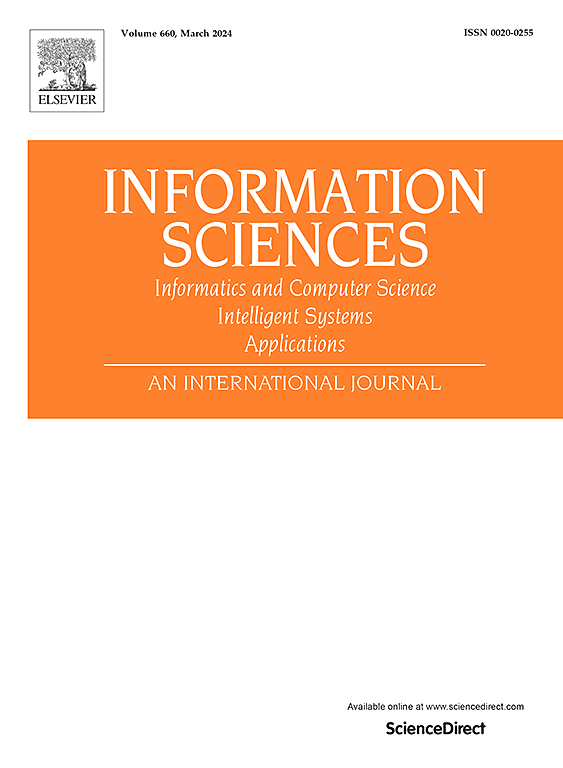Secure color image encryption algorithm for face recognition using Zaslavsky and Arnold cat maps with binary bit-plane decomposition
IF 6.8
1区 计算机科学
0 COMPUTER SCIENCE, INFORMATION SYSTEMS
引用次数: 0
Abstract
During airport security checks, prompt identification and data processing of face images are critical. To address this, a real-time and high-security face image encryption scheme is proposed, which leverages the Haar Cascade Classifier to precisely locate facial regions and encrypts only the identified areas.The encryption algorithm takes the identified facial region and encryption key as inputs. Using the key as a seed, the two-dimensional Zaslavsky chaotic map generates pseudo-random chaotic sequences. A sequence of encryption operations is then performed, including random noise addition, binary bit-plane decomposition, confusion, diffusion, and RGB channel obfuscation. Eventually, the processed image is output as the encrypted face image. For algorithm evaluation, image data are randomly sampled from the IMDB-WIKI dataset. Additionally, a benchmark public dataset is employed to compare the proposed scheme with state-of-the-art encryption methods. Experimental results demonstrate that the scheme exhibits superior encryption security and efficiency.
安全彩色图像加密算法的人脸识别使用Zaslavsky和阿诺德猫地图与二进制位平面分解
在机场安检过程中,人脸图像的快速识别和数据处理至关重要。为了解决这一问题,提出了一种实时、高安全性的人脸图像加密方案,该方案利用Haar级联分类器精确定位人脸区域并仅对识别区域进行加密。加密算法以识别的面部区域和加密密钥作为输入。使用密钥作为种子,二维Zaslavsky混沌映射生成伪随机混沌序列。然后执行一系列加密操作,包括随机噪声添加、二进制位面分解、混淆、扩散和RGB通道混淆。最终,处理后的图像作为加密后的人脸图像输出。为了评估算法,从IMDB-WIKI数据集中随机抽取图像数据。此外,使用基准公共数据集将所提出的方案与最先进的加密方法进行比较。实验结果表明,该方案具有较高的加密安全性和效率。
本文章由计算机程序翻译,如有差异,请以英文原文为准。
求助全文
约1分钟内获得全文
求助全文
来源期刊

Information Sciences
工程技术-计算机:信息系统
CiteScore
14.00
自引率
17.30%
发文量
1322
审稿时长
10.4 months
期刊介绍:
Informatics and Computer Science Intelligent Systems Applications is an esteemed international journal that focuses on publishing original and creative research findings in the field of information sciences. We also feature a limited number of timely tutorial and surveying contributions.
Our journal aims to cater to a diverse audience, including researchers, developers, managers, strategic planners, graduate students, and anyone interested in staying up-to-date with cutting-edge research in information science, knowledge engineering, and intelligent systems. While readers are expected to share a common interest in information science, they come from varying backgrounds such as engineering, mathematics, statistics, physics, computer science, cell biology, molecular biology, management science, cognitive science, neurobiology, behavioral sciences, and biochemistry.
 求助内容:
求助内容: 应助结果提醒方式:
应助结果提醒方式:


